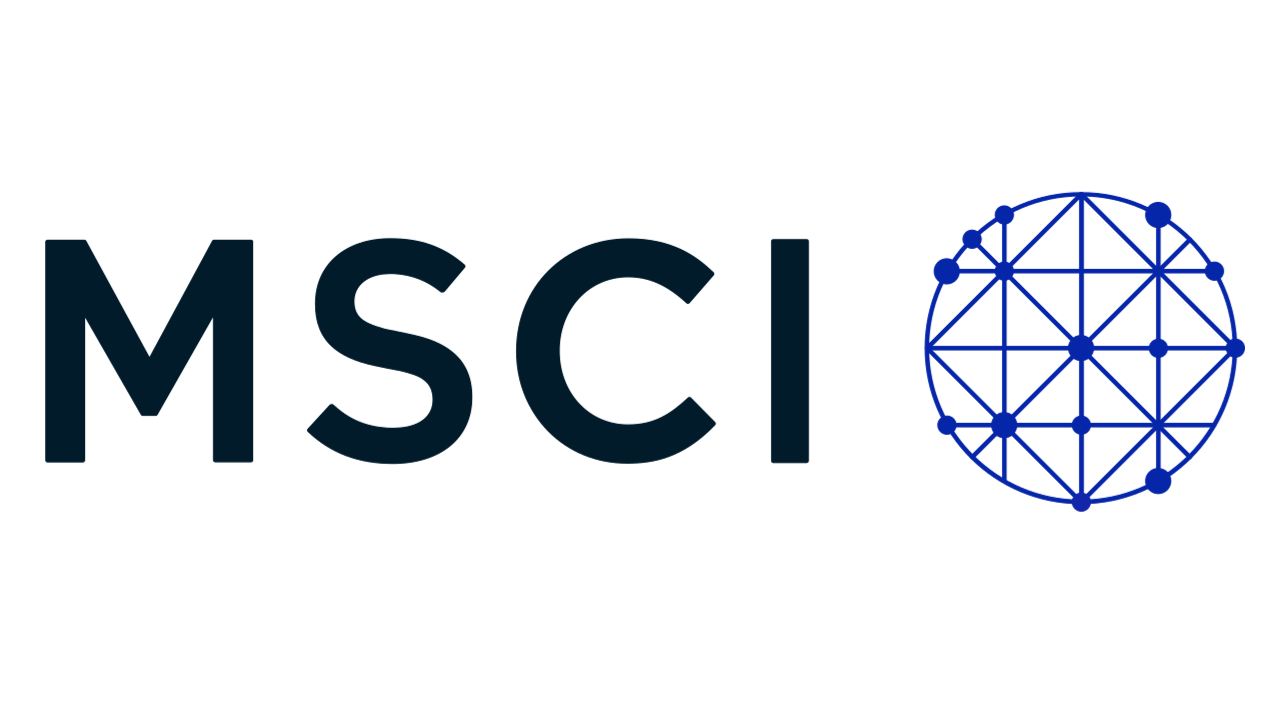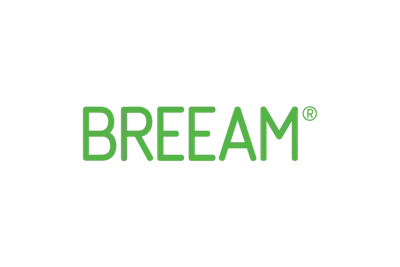SUSTAINABILITY AND GREEN Services
provide expert consulting and advisory solutions to help businesses transition toward environmentally responsible and resource-efficient operations
Training (Capacity Building Program)
Consulting
Professional Advisory
CFP
Carbon Footprint of Product
Introduction
The second module of Climate Change Management program addresses the carbon footprint of products, guided by ISO 14067:2018. This section covers:
- Introduction to ISO 14067:2018: Participants will be introduced to the standard that specifies principles, requirements, and guidelines for quantifying and communicating the carbon footprint of products.
- Life Cycle Assessment (LCA): A detailed exploration of life cycle assessment methodologies to evaluate the environmental impacts associated with all stages of a product’s life.
- Carbon Footprint Calculation: Practical steps for calculating the carbon footprint of products. This includes identifying relevant greenhouse gas emissions throughout the product lifecycle and applying appropriate quantification techniques.
- Reduction Strategies: Strategies and practices for reducing the carbon footprint of products, including design improvements, process optimization, and supply chain management.
NET
Carbon Neutrality and Net zero transition plans for small and medium enterprises
Carbon Neutrality
Achieving carbon neutrality is a critical goal for many organizations. This module is aligned with ISO 14068-1:2023 and covers:
- Comprehensive insights into the standard for carbon neutrality, which includes principles and requirements for achieving and maintaining a balance between carbon emissions and removals.
- Carbon Neutrality Strategies: Development and implementation of strategies to achieve carbon neutrality. This includes emission reduction initiatives, carbon offsetting mechanisms, and renewable energy adoption.
Net Zero Transition Plan
The final component of the Climate Change Management program focuses on formulating a Net Zero Transition Plan.
- Defining Net Zero: An overview of the concept of net zero and its significance in the context of global climate change mitigation efforts.
- Transition Planning: Steps to develop and implement a comprehensive Net Zero Transition Plan. This includes setting ambitious targets, identifying key actions, and engaging stakeholders.
- Monitoring and Evaluation: Techniques for monitoring progress towards net zero goals and evaluating the effectiveness of implemented actions. This ensures continuous improvement and accountability.
GBR
Green Building Rating Systems and Whole Life Carbon Assessment
Introduction
In the modern construction industry, sustainability and environmental impact are at the forefront of project planning and execution. Our consultancy services specialize in guiding new construction and renovation projects through the intricacies of Green Building Rating systems, particularly LEED v.5, EDGE and BREEAM. Additionally, we provide comprehensive Whole Life Carbon Assessment for buildings in accordance with the EN 15978-1 standard.
Whole Life Carbon Assessment
Whole Life Carbon Assessment is a critical aspect of sustainable building design, enabling the measurement and reduction of a building's carbon footprint throughout its entire lifecycle.
Our consultancy services for Green Building Rating systems and Whole Life Carbon Assessment provide the expertise and support needed to achieve your sustainability goals. Whether you are embarking on a new construction project or renovating an existing building, we are here to guide you every step of the way towards a greener, more sustainable future.
RES Group's Capacity
We specialize in sustainable strategy development, carbon footprint reduction, ESG compliance, renewable energy integration, and circular economy practices, ensuring long-term value and resilience. By leveraging innovative technologies and global best practices, we empower organizations to achieve sustainability goals, enhance regulatory compliance, and drive positive environmental and social impact—all while maintaining business growth and competitiveness.








